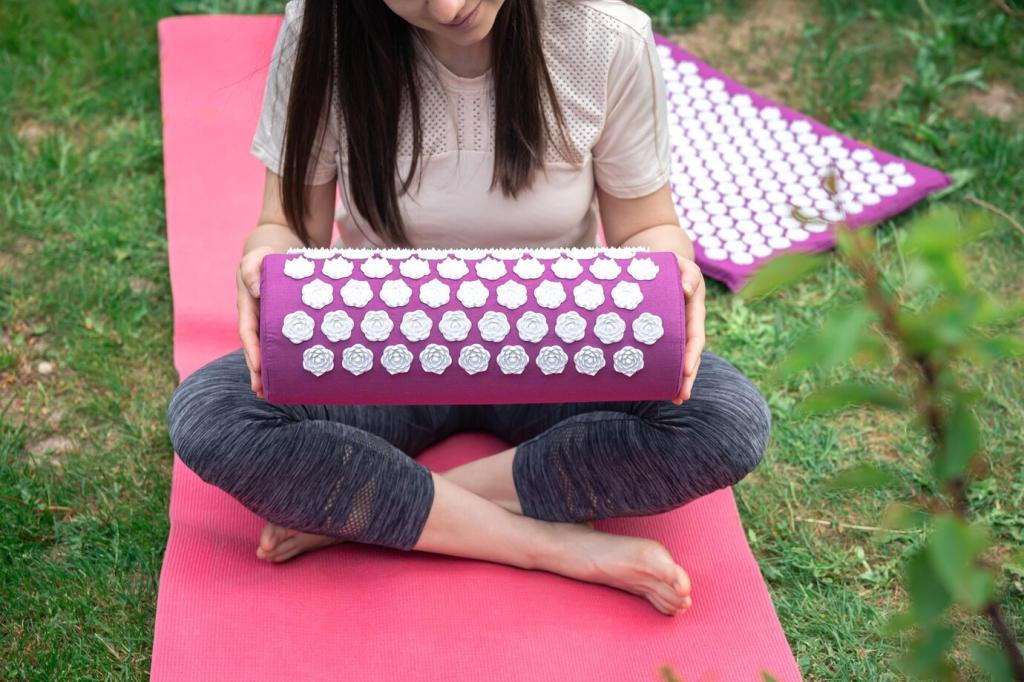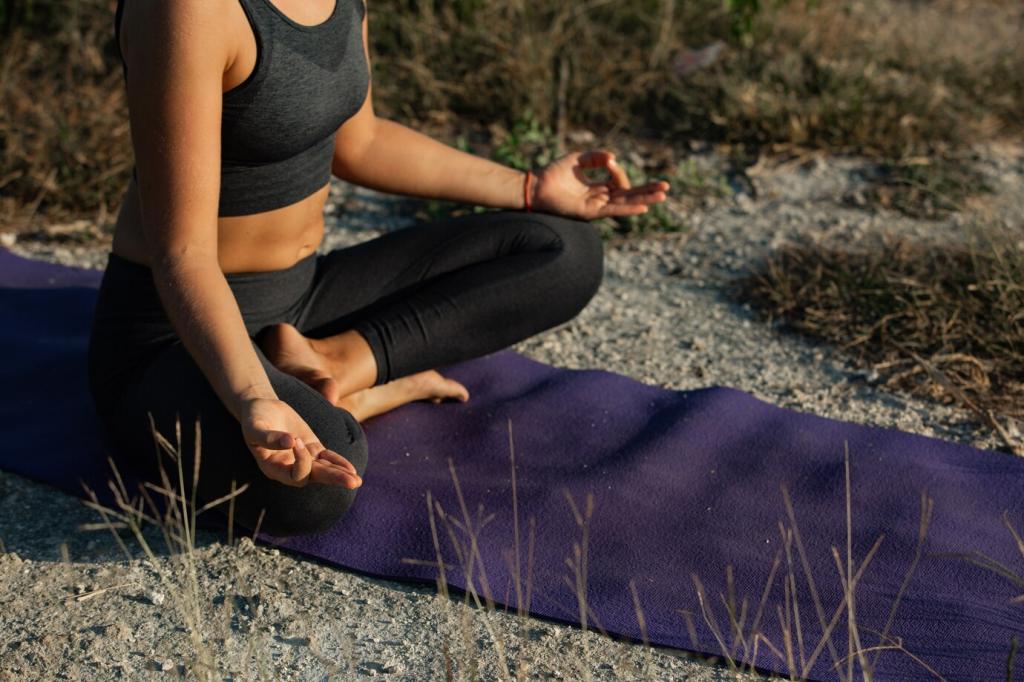What Progressive Muscle Relaxation Is and Why It Works
Progressive Muscle Relaxation was refined by physician Edmund Jacobson in the 1920s. By consciously tensing and releasing muscle groups, beginners learn to sense tension clearly, then let it go with intention and care.
What Progressive Muscle Relaxation Is and Why It Works
Imagine noticing your shoulders rise with stress; you gently tense them, breathe out, and release. The contrast teaches your nervous system a calmer baseline, giving beginners a dependable, repeatable sense of relief.
What Progressive Muscle Relaxation Is and Why It Works
PMR is especially helpful before sleep, during stressful days, or after long hours at a desk. Beginners often find ten minutes daily enough to start feeling steadier, clearer, and more energized.







